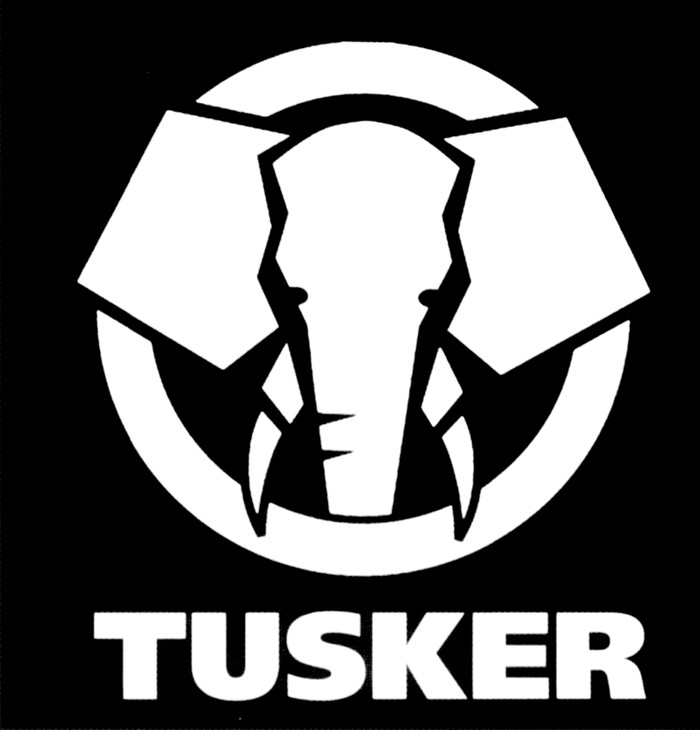 This Safety Sunday we have an interesting look at the safety rules from across the pond mainly addressed to the employee. This piece comes from us courtesy of Alan Murfee, an Industrial Engineer by profession and “writer by heart”. Alan works for SFM-Tusker based in the UK which makes custom PPE, Construction & Welding Safety Equipment.
This Safety Sunday we have an interesting look at the safety rules from across the pond mainly addressed to the employee. This piece comes from us courtesy of Alan Murfee, an Industrial Engineer by profession and “writer by heart”. Alan works for SFM-Tusker based in the UK which makes custom PPE, Construction & Welding Safety Equipment.
Industrial workplaces comprise of a high proportion of small employers and self-employed workers. Most of these young workers apply for jobs of machine operators, upholsterers, locksmiths, instrument fitters, welders, textile designers or plant operators. Other than the physical stress of pushing and lifting heavy loads, these workers remain exposed to risks of combustible materials and harmful radiations.
Employees in every workplace are subjected to common occupational hazards and accident risks. The accident and compensation costs burn a huge hole in the pockets of most employers. Instead of risking the health of your employees and spending huge amounts of money for compensation, it is better to enforce safety at early stages.
Some basic safety requirements while working on-site include:
- Assignment of tasks– Persons with physical or mental impairment must not be assigned tasks where their impairment dangers their own safety as well as that of others. Persons whose work ability is influenced by consumption of alcohol or drugs should not be permitted to remain on the work premises. Only well-trained, skilled and experienced workers must be assigned tasks involving high risks.
- Fire safety– Most industrial workplaces are usually susceptible to incidents of fire. Never park in designated fire lanes, even for a temporary while. In addition to this, it is essential to have fire safety equipment close to your workplace to deal with fire in such a case. There must be a water supply close to your workstation if you’re working with hazardous items that need immediate attention. Flammable liquids must only be handled and stored in CSA approved safety containers.
- Clothing– It is really important to be cautious about what you wear while working on-site. Never use compressed air to clean your clothing or blow dust from your body. Avoid wearing loose, ragged clothing, dangling neckwear or bracelets around moving parts of machinery or electrically energized equipment. If you’re involved with welding, wear fully clad and covered clothes along with covered shoes to avoid burns due to weld splatters. Inform your supervisors if you wear contact lenses.
- Avoid falls– When working on a great height, do not risk using makeshift or faulty ladders. Be particularly very cautious while choosing safety harnesses. If your work involves dealing with fire, avoid safety harnesses with nylon webbings, as these may easily burn and result in falls.
- Safety equipment and tools– It is important to carry your own personal protective equipment. You must also have good quality tools for performing different industrial operations. Use welding curtains and welding blankets whenever performing any welding operations. Wear a proper construction safety gear wherever required. Always wear appropriate eye-wear to minimize risks of eye injuries.
It is also important to carry out timely inspection of all your construction equipment. Don’t try to repair defective equipment by yourself and inform about the same to your supervisor. It is also recommended to keep your work area clean and orderly.
Following and complying with all safety regulations shall help you remain free from the unnecessary tension and stress of safety. You can enjoy better health and safer workplaces. This will help you deliver more output and help increase your overall productivity as a team.
